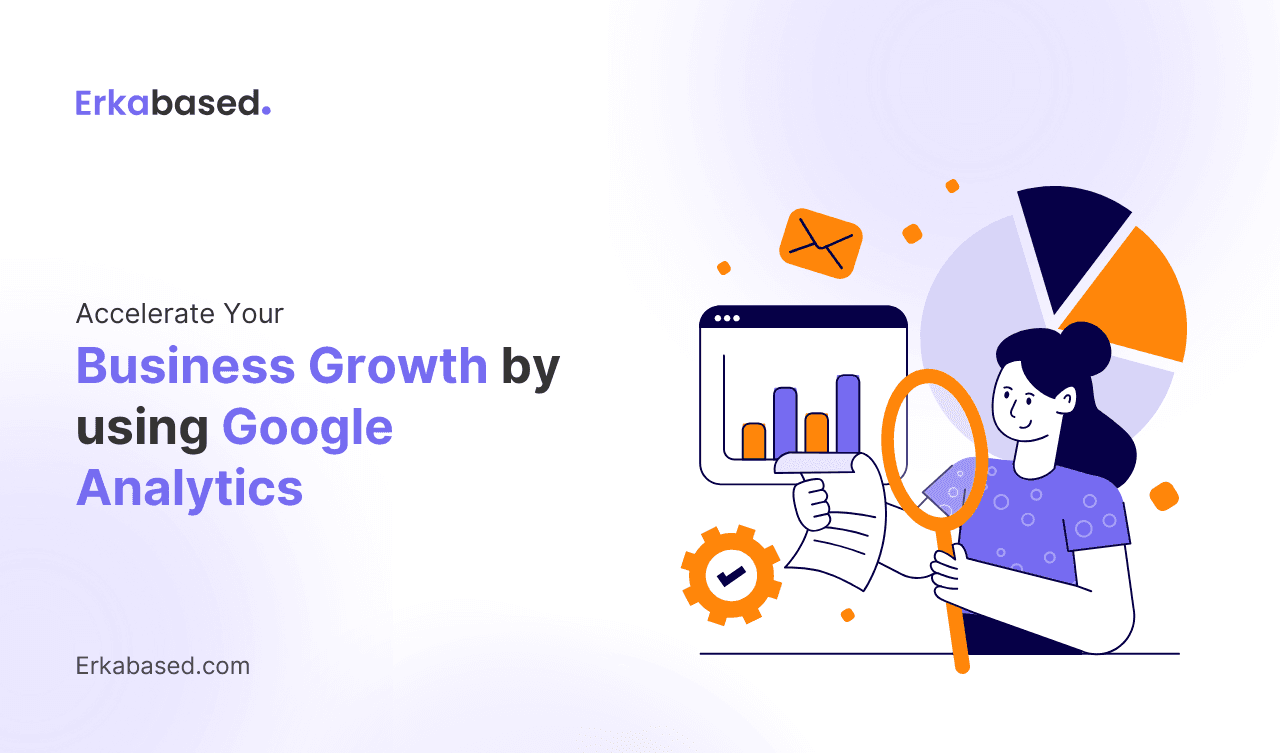Introduction to Databases
In the heart of our digital age, data reigns supreme. Whether you're scrolling through a social media feed, making an online purchase, or checking your email, databases are hard at work behind the scenes. Their invisible yet indispensable presence ensures that our digital interactions are seamless and efficient. But what exactly is a database, and why is it so crucial?
A database is a structured collection of data, meticulously organized for easy access, management, and updating. Think of it as a sophisticated digital filing system that holds vast amounts of information, from customer details to transaction histories. Databases play a pivotal role in various sectors, ensuring that data is readily available when needed, thereby driving decision-making and operational efficiency.
In this blog post, We will explore the fascinating realm of databases. You'll gain insights into their types, how they function, the role of Database Management Systems (DBMS), and their importance in maintaining data integrity and security. We'll also explore real-world applications, future trends, and why understanding databases is essential for tech enthusiasts, small business owners, IT professionals, and software engineers alike.
Types of Databases
The realm of databases is diverse, with different types catered to specific needs and applications. Understanding the main types can help you choose the right one for your particular requirements.
Relational Databases
Relational databases are the most common type, organizing data into tables (relations) with rows and columns. Each table represents a specific entity, and relationships between tables are established using keys. Examples include MySQL, PostgreSQL, and Oracle.
These databases excel in handling structured data and complex queries, making them ideal for transactional applications. Their robust design ensures data integrity and supports a wide range of operations, from simple lookups to complex joins.
Non-Relational (NoSQL) Databases
Non-relational databases, often referred to as NoSQL databases, are designed to handle unstructured or semi-structured data. They offer flexibility in data storage, allowing for a variety of data models such as document, key-value, column-family, and graph.
Popular examples include MongoDB, Cassandra, and Redis. NoSQL databases are particularly useful for big data applications, real-time web apps, and IoT devices. Their scalability and schema-less design make them a preferred choice for rapidly changing data environments.
NewSQL Databases
NewSQL databases aim to combine the best of both worlds by offering the scalability of NoSQL systems while preserving the ACID (Atomicity, Consistency, Isolation, Durability) properties of traditional relational databases. Examples include Google Spanner and CockroachDB.
These databases are designed to support high-performance applications that require both scalability and strong consistency. They ensure data reliability while providing the elasticity needed for modern, resource-intensive applications.
How Databases Work
Understanding how databases work is fundamental to appreciating their value. At their core, databases are structured systems designed to store, retrieve, and manage data efficiently.
Tables, Rows, and Columns
In a relational database, data is stored in tables, which are composed of rows and columns. Each table represents a different entity, such as customers or products. Rows (or records) represent individual entries, while columns (or fields) represent the attributes of those entries. This tabular structure allows for organized data storage and easy access.
Indexing and Querying
Databases use indexing to speed up the retrieval of data. An index is a data structure that improves the speed of data retrieval operations on a database table. When you perform a query, the database uses these indexes to quickly locate the data without scanning the entire table. This efficiency is crucial for handling large datasets.
Transactions and Concurrency
Databases support transactions, which are sequences of operations performed as a single logical unit of work. Transactions ensure data integrity by following the ACID properties. Concurrency control mechanisms are also in place to manage simultaneous data access, preventing conflicts and ensuring data consistency.
Database Management Systems (DBMS)
A Database Management System (DBMS) is software that interacts with the database, users, and applications to capture and analyze data. It bridges the gap between raw data and meaningful information.
Role of DBMS
The primary role of a DBMS is to manage data efficiently and provide an interface for users to perform various operations, such as querying, updating, and administration. It ensures data is consistently organized and remains accessible and secure.
Examples of Popular DBMS
There are several well-known DBMS in the market today, each with its unique features and use cases. MySQL and PostgreSQL are popular open-source relational DBMS known for their robustness and flexibility. For NoSQL databases, MongoDB and Cassandra are widely used due to their scalability and flexibility.
Benefits of Using a DBMS
Using a DBMS provides numerous benefits, including improved data sharing, data security, data integration, and better data access. It enables users to make informed decisions based on timely and accurate data. Additionally, a DBMS reduces data redundancy and inconsistency, ensuring data integrity and reliability.
The Importance of Data Integrity and Security
In today's data-driven world, ensuring the integrity and security of data is paramount. Data integrity refers to the accuracy and consistency of data over its lifecycle, while data security involves protecting data from unauthorized access and breaches.
Ensuring Data Integrity
Data integrity is maintained through various mechanisms such as constraints, validation rules, and transactions. Constraints ensure that data complies with predefined rules., while validation rules check data accuracy before it is entered into the database. Transactions, as mentioned earlier, help maintain data consistency by ensuring that all operations within a transaction are completed successfully.
Protecting Data Security
Data security is achieved through encryption, access control, and regular audits. Encryption protects data by converting it into a coded format that can only be read by authorized users. Access control mechanisms, such as user authentication and authorization, restrict access to sensitive data. Regular audits and monitoring help detect and respond to potential security threats.
The Role of Compliance
Compliance with data protection regulations, such as GDPR and CCPA, is essential for businesses handling sensitive data. These regulations mandate stringent measures to protect personal data and ensure privacy. Adhering to these regulations not only protects businesses from legal repercussions but also builds trust with customers.
Databases in Business and Technology
Databases are the backbone of modern business operations, playing a crucial role across various industries. Their applications are vast and diverse, demonstrating their versatility and importance.
E-commerce
In the e-commerce industry, relational databases manage product catalogs, customer orders, and payment information. These databases allow real-time inventory tracking, personalized recommendations, and efficient order processing. Platforms like Amazon and eBay rely on relational databases to handle millions of transactions daily due to their ability to process complex queries and maintain data integrity.
Healthcare
Healthcare databases, often implemented as Electronic Health Records (EHR) systems, store patient records, medical histories, and treatment plans. These databases are typically relational for ensuring accurate and secure data management, allowing healthcare providers to access critical information quickly and improve patient care and outcomes. Systems like Epic utilize relational databases to ensure data consistency and reliability.
Future of Databases
The landscape of databases is continuously evolving, driven by technological advancements and changing business needs. Staying ahead of these trends is essential for leveraging the full potential of databases.
Cloud Databases
Cloud databases are gaining popularity due to their scalability, flexibility, and cost-effectiveness. They allow businesses to access and manage databases over the internet, reducing the need for on-premises infrastructure. Services like Amazon RDS, Microsoft Azure SQL Database, and Google Cloud SQL are leading the way in cloud database solutions.
AI and Machine Learning Integration
Integrating Artificial Intelligence (AI) and Machine Learning (ML) with databases opens up new possibilities for data analysis and decision-making. AI-powered databases can automate routine tasks, optimize queries, and provide predictive insights. This integration enhances the efficiency and intelligence of database systems.
Blockchain Technology
Blockchain technology is poised to revolutionize the way databases handle transactions and data integrity. By providing a decentralized and tamper-proof ledger, blockchain ensures transparency and security in data management. Industries like finance, supply chain, and healthcare are exploring blockchain-based databases for their potential benefits.
Conclusion
Understanding databases is not just for tech enthusiasts and IT professionals—it’s vital for anyone involved in today’s digital economy. Databases underpin almost every aspect of our digital interactions, from managing customer relationships to driving business insights.
By exploring the types of databases, their workings, and the role of DBMS, we’ve highlighted how integral these systems are to modern operations. The importance of data integrity and security cannot be overstated, especially in an era where data breaches and cyber threats are rampant. Moreover, the real-world applications of databases in various industries showcase their versatility and impact.
As we look towards the future, emerging trends like cloud databases, AI integration, and blockchain technology promise to further transform the database landscape. Staying informed and adapting to these changes will be crucial for leveraging the full potential of databases.
To harness the full power of modern database solutions, partnering with a leader in web app and website development is essential. Erkabased offers cutting-edge services that seamlessly integrate advanced database technologies, ensuring your digital platforms are robust, secure, and efficient. Contact us today to learn how we can transform your database management and elevate your online presence.



